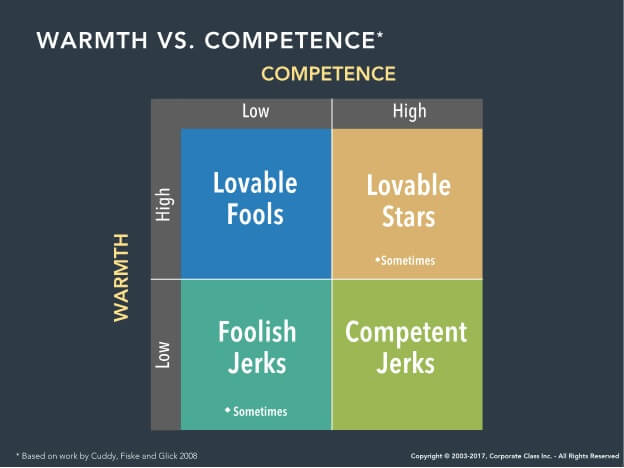Captivating an audience is not an easy feat, especially for those of us who are not “natural” public speakers, or who struggle with major stage fright. There is one skill guaranteed to keep your audience engaged and interested, and it doesn’t require making a sound. We’re talking about using silence in the form of well-timed pauses.
Stage fright is a real thing. It is rare that a person is a natural orator and can captivate an audience with little to no practice, and without anxiety. None of us are born with impeccable speaking skills, not even Barack Obama or Bill Clinton. Although some people are more comfortable on stage than others, they too have had to practice, practice, practice.
One Skill All Great Speakers Possess: Knowing How To Use Strategic Pauses
Do you possess effective oral presentation skills? All skilled speakers require lots of practice, and many have teams of coaches and communication experts behind them, à la Obama. For most of us, receiving feedback, learning tips and techniques along the way – strategic pauses, for example – and frequent practice will fill the bill.
Luckily, we don’t need an entourage of coaches to help us become the next Tony Robbins.
Whether it’s a presentation for colleagues, a keynote speech or simply story time with the kids, there is one sure-fire way to capture your audience’s attention: using silence in the form of strategically-placed pauses.
How to Do It
Great leaders and great speakers know their role is not simply to speak, but rather to make the audience think. An audience cannot possibly think, if it is busy trying to keep up with the rate of the speaker’s words and ideas!
Speakers often receive feedback that includes a suggestion to “slow down!!” It is not necessarily the rate of the words that is moving at hyper-speed, but rather, the rate of ideas.
When we tell our clients to “slow down,” we’re not talking about the rate of speech, but rather how quickly they are moving from one idea to another. This is where the well-timed, engaging pause comes in. Think about the flow of your ideas. Use pauses strategically when you switch from one idea to another. Watch audience members shift to the edge of their seat, as they anticipate what you’re going to say next.
Stage Fright: Why We Always Speak Too Quickly
Typically, we speak quickly when we’re under the spotlight because we are nervous (or terrified!) and want the experience to end as soon as possible. The thought of drawing out the presentation with pauses probably sounds like a nightmare. It’s critical to keep in mind that to you, the presentation probably feels like it is dragging on, never ending. For the audience, this isn’t the case. Inserting strategic pauses, thus slowing down the rate of ideas, will not bore your audience and will not lengthen your speech. All it will do is keep your audience interested and engaged. Slowing the rate of ideas will also increase your Executive Presence by sustaining your physical presence on-stage and helping you stay focused and calm. Remember: the audience is on your side and wants you to succeed.
Mark Twain was correct in saying, “The right word may be effective, but no word was ever as effective as a rightly timed pause.”





 For many people, presenting in front of a group of peers, clients or superiors can be seriously intimidating! However, nailing presentations of any kind is one sure-fire way to increase your Executive Presence on the spot and seriously impress your boss. But, how to overcome the nerves? How can you make your presentation on numbers or statistics as interesting and engaging as possible? How can you command attention from everyone in the room throughout your whole presentation? There’s a lot that goes into a successful presentation, so we’ve compiled a list of four suggestions that you can follow while preparing for your next presentation to help you get started.
For many people, presenting in front of a group of peers, clients or superiors can be seriously intimidating! However, nailing presentations of any kind is one sure-fire way to increase your Executive Presence on the spot and seriously impress your boss. But, how to overcome the nerves? How can you make your presentation on numbers or statistics as interesting and engaging as possible? How can you command attention from everyone in the room throughout your whole presentation? There’s a lot that goes into a successful presentation, so we’ve compiled a list of four suggestions that you can follow while preparing for your next presentation to help you get started.
 Starting your career in your chosen field is certainly an exciting time in your life. As your career begins to take off and flourish, there are certain activities and behaviours you can engage in to make the transition into work like more successful and fulfilling. One of these activities is often dreaded and feared by most, let alone young professionals who have little to no practice engaging in it: networking.
Starting your career in your chosen field is certainly an exciting time in your life. As your career begins to take off and flourish, there are certain activities and behaviours you can engage in to make the transition into work like more successful and fulfilling. One of these activities is often dreaded and feared by most, let alone young professionals who have little to no practice engaging in it: networking.

